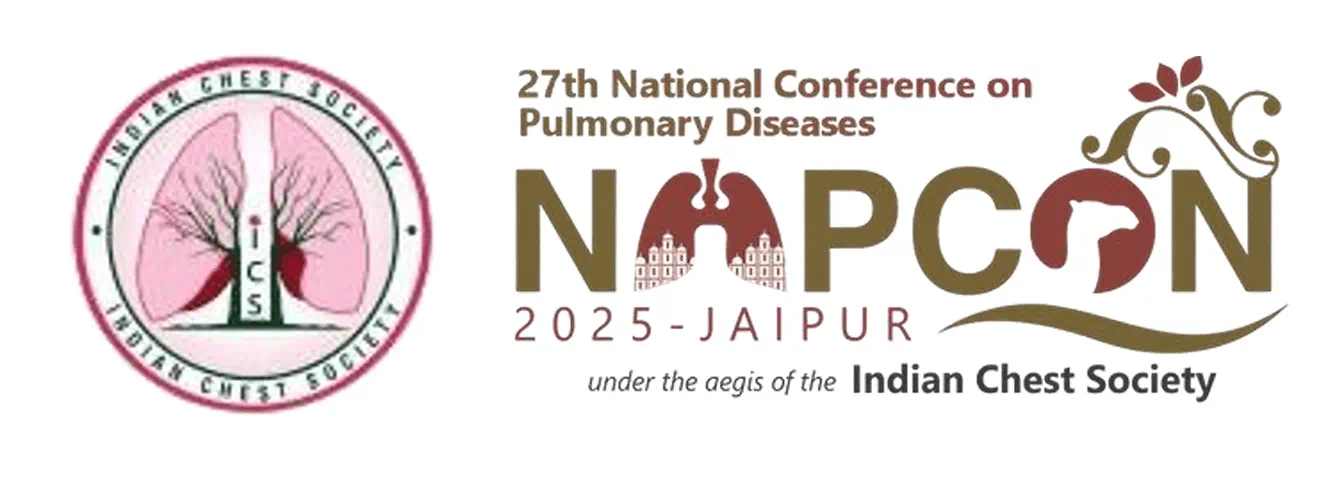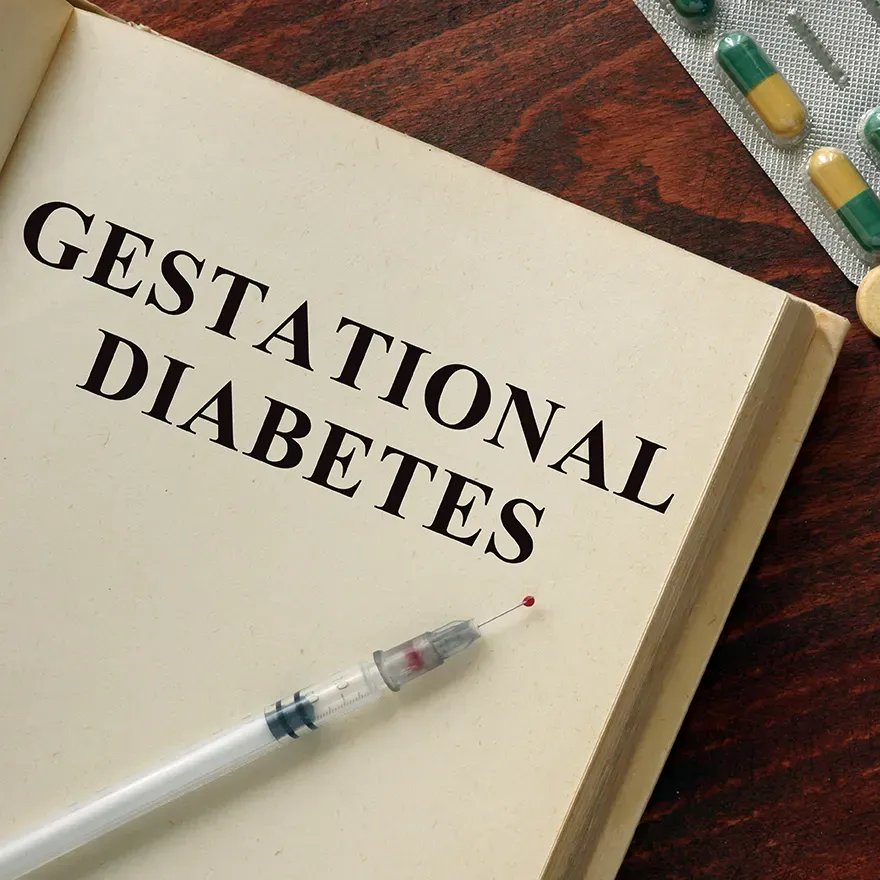Iron Sucrose vs. Ferrous Sulfate in Iron Deficiency Anemia in Pregnancy – An Indian RCT Study
Introduction
India has a high prevalence of anemia in pregnancy, with 52.2% of pregnant women affected, and it contributes to a substantial portion of maternal deaths. The management becomes a concern where the question arises of which is better, the intravenous iron sucrose or the oral ferrous sulfate tablets. To answer this, a RCT comparing both the options in a tertiary care government hospital was set up in the hilly terrains of Himachal Pradesh, India.
Aim
To compare the effectiveness of intravenous iron sucrose (IS) to oral ferrous sulfate (FS) in the treatment of iron deficiency anemia (IDA) in pregnant women.
Patient Profile
Pregnant women at 18-22 weeks gestation with Hb 7-9g/dl with moderate IDA
Methods
- Parallel-group, open-label RCT in tertiary care government hospital in India
- N=268 randomized to either the IS (n=112) or FS group(n=122)
Treatment
- IS group: 200mg of IV infusion in 100 ml of normal saline, over 30 mins thrice a week for a maximum of 600mg per week & Folic acid 500 mg was given once a day throughout the pregnancy and 6 months postpartum.
- FS group: 335mg of dried ferrous sulfate with 100mg of elemental iron and 500mg of folic acid twice a day for four weeks or until they reached a target hemoglobin
- All women in both the groups were given standard antenatal care.
Study endpoints
Serum ferritin and Hb levels at four weeks after drug administration and 36 weeks of gestation
Results
- A significant increase was observed in hemoglobin (g/dL) and serum ferritin post-treatment at four weeks and 36 weeks of gestation in both the groups as compared to pretreatment (p-value<0.0001)
- Post-treatment mean ± SD hemoglobin (g/dL) four weeks of therapy and 36 weeks of gestation in the IV iron sucrose group was 11.76 ± 1.29 and 12 ± 1.1, respectively, which was significantly higher as compared to the oral ferrous sulfate group with mean ± SD of 10.84 ± 0.62g/dl at four weeks and 11.28 ± 0.59g/dl at 36 weeks of gestation (p-value <0.0001)
Fig 1: Comparison of increase in hemoglobin levels between the study groups
- Number of patients who achieved target Hb was 95.54% in the IS group, compared to 72.95% in the FS group
- Mean ± SD of increase in serum ferritin (ng/mL) post-treatment at four weeks and 36 weeks of gestation in IS group was 317.16 ± 146.19 and 239.11 ± 121.77ng/ml, respectively, which was significantly higher compared to FS group where the increase in serum ferritin was 83 ± 18.64 and 97.37 ± 70.61 (p-value = <0.0001)
Fig 2: Comparison of increase in serum ferrtin levels between the study groups
Safety
- Proportion of patients without complications was 93.33% in the IS group, compared to 58.20% in the FS group
Conclusion
- The intravenous iron sucrose was more effective and safe treatment for IDA in pregnant women than oral ferrous sulfate. It yielded a quicker rise in Hb and serum ferritin levels. It can be given in the outpatient setting and reduces need for blood transfusion
- In a difficult terrain like Himachal Pradesh, IV iron sucrose was better option for patients who do not have easy access to health facilities and lack education which results in many of them reaching hospitals with moderate to severe anemia at a later gestation
Reference
Cureus. 2023 Feb 11;15(2):e34858









